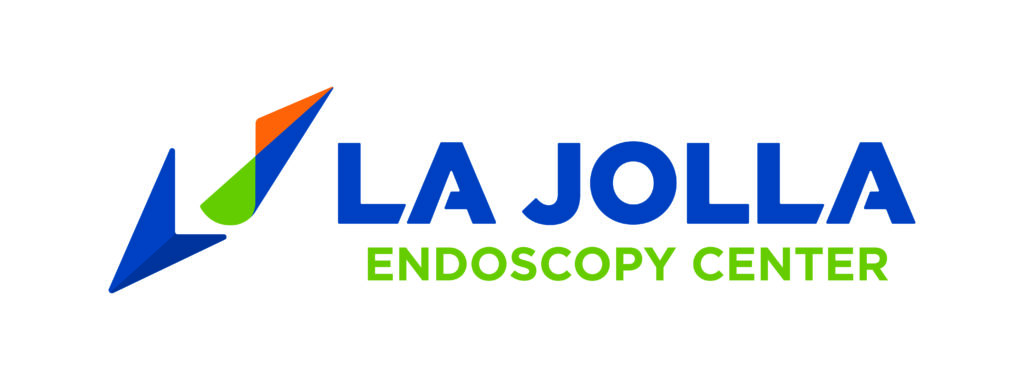Esophageal Manometry
Overview
The esophagus has muscles that help push food toward the stomach when you swallow. Valves inside the esophagus open to let food and liquid through, and then close to prevent food, fluids and gastric acid from coming back up. At the bottom of the esophagus is the lower esophageal sphincter, the last valve before the esophagus joins the stomach. An esophageal manometry is a procedure used to measure pressures and swallowing function inside the esophagus. It is also possible to determine if the valves are opening and closing properly and at the right time.
What to expect
During this procedure, a thin tube is passed through your mouth or nose and into your stomach. You will probably have a gagging sensation and mild discomfort when this happens. Once in place, the tube is pulled slowly back into your esophagus. When the tube is in place inside the esophagus, you will be asked to swallow. As you swallow, the pressure of the muscle contractions will be measured along several sections of the tube. Once the tests are done, the tube is removed. From start to finish, the procedure only takes about an hour.
What can be found?
An esophageal manometry is performed is to see if the esophagus is contracting and relaxing normally. If you have been exhibiting symptoms of gastroesophageal reflux disease, this procedure may reveal the cause of the problem. Your doctor will be able to determine if you have reduced muscle coordination in the esophagus or other problems that affect your ability to swallow.
How to prepare
You should not have anything to eat or drink for at least eight hours before the test. Your doctor will advise you of any other restrictions and consult with you about medications before the procedure.
